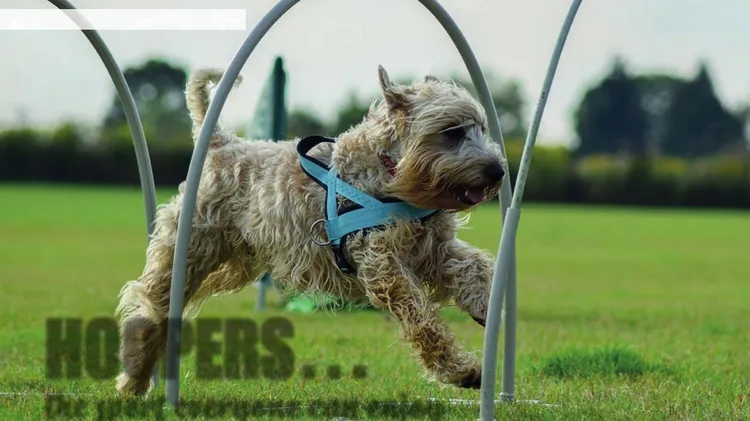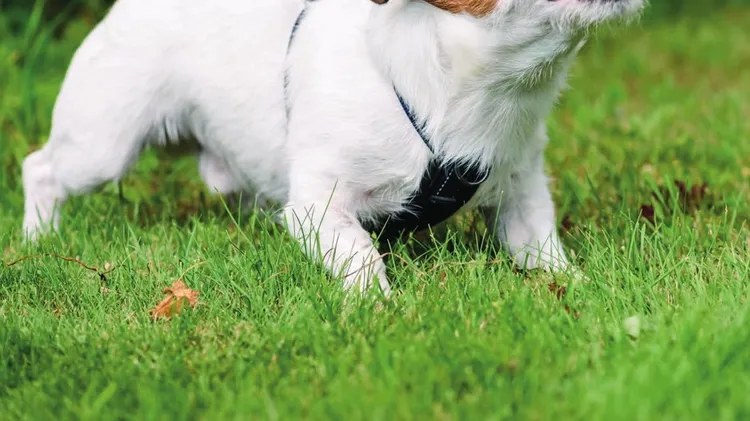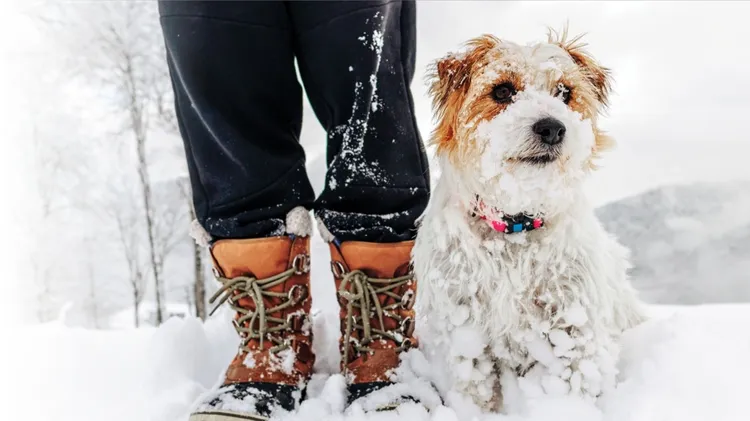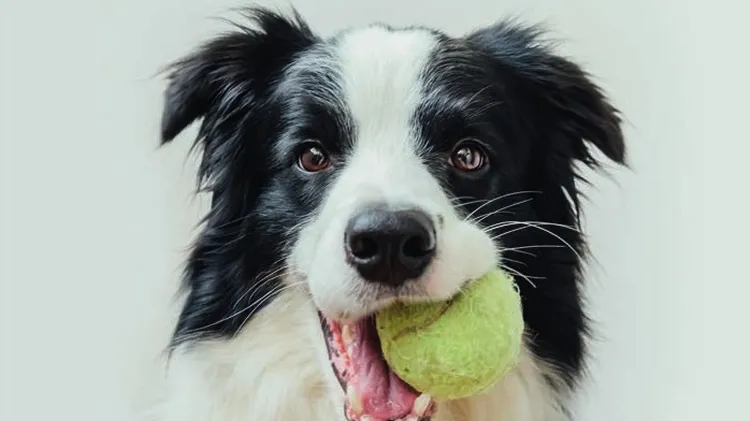Why not try something different with your dog? Here’s everyth
The wonderful world of agility
2 min read
This article is from...
Read this article and 8000+ more magazines and newspapers on Readly






